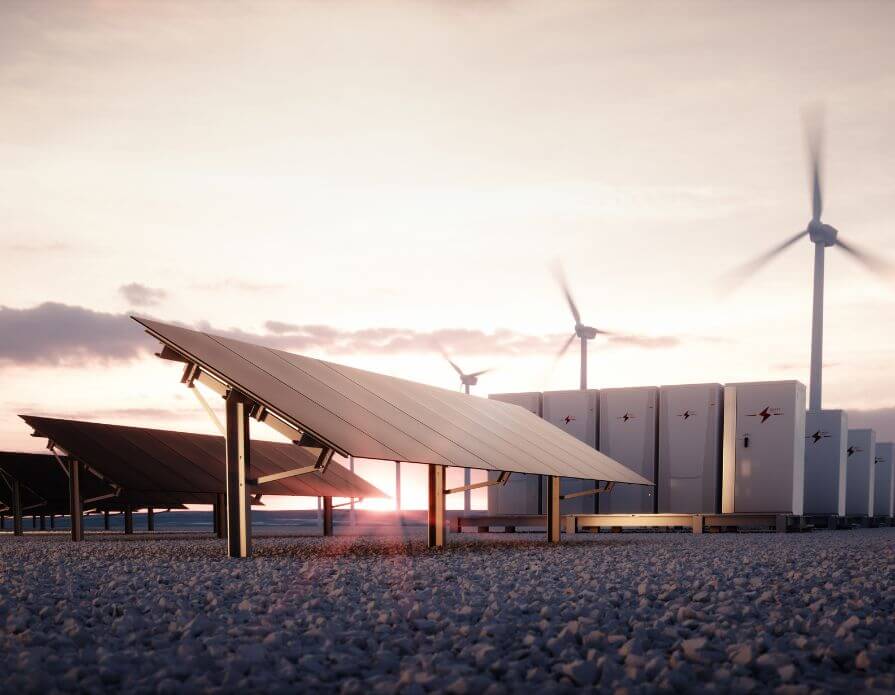5 Key Developments in the Renewable Energy Industry
Over the past decade, progress toward cleaner, greener energy solutions has been relentless, and that momentum only continues to grow. Renewable energy is stepping up as a viable solution to the global energy crisis while addressing climate change, from technological advancements to new funding initiatives. This blog explores five key developments in the renewable energy industry and what they mean for the future.
1. Falling Solar Energy Costs
Due to the rise in demand, investing in renewable energy has become a key practice for nations worldwide. Solar power has been a leading solution in the renewable energy field. Its increasingly affordable costs have cemented its status.
Perovskite solar cells and other cutting-edge solar cell technologies, increase efficiency while reducing production costs. Manufacturing and operation costs per unit decrease, accelerating the global transition away from fossil fuels with higher global adoption rates.
2. Innovations in Wind Energy
Wind energy is pivotal in renewable energy for years, particularly in regions with consistently strong winds. Recent innovations are now taking this resource to new heights. Emerging innovations are making wind power quieter, safer for wildlife, and easier to maintain.
The development of offshore wind farms has revolutionized how and where we source wind energy. Floating turbine technology allows technicians to install turbines in deeper waters, drastically expanding potential sites for wind energy production.
3. Improved Sustainable Manufacturing Processes
The wind energy industry increasingly adopts sustainable manufacturing practices to minimize its environmental footprint. These efforts aim to create a circular economy within the sector, from using recycled materials in turbine production to designing components with end-of-life recycling in mind.
Additionally, advancements in manufacturing efficiency are reducing waste, energy consumption, and emissions during production, further aligning wind power with global sustainability goals. Today, the renewable energy industry uses CNC machining to streamline production and ensure consistent results.
4. Green Hydrogen Takes Center Stage
While solar and wind dominate the renewable energy conversation, green hydrogen is emerging as a vital solution for industries where direct electrification isn’t feasible, such as heavy transportation and manufacturing.
Green hydrogen offers a low-emission alternative for industries such as steel production that typically rely on fossil fuels. Professionals can use green hydrogen in heavy-duty vehicles, including buses, trucks, and trains, reducing emissions while offering a reliable energy source.
5. Artificial Intelligence and Smart Grids Transform Energy Distribution
Integrating artificial intelligence (AI) and smart grid technology is revolutionizing how we manage and distribute renewable energy. These technologies make energy systems more efficient, reliable, and sustainable by leveraging advanced algorithms and real-time data.
These developments are making energy distribution more sustainable and adaptive to changing needs, from smart home devices that manage individual energy use to large-scale utility sensors.
The Future of Renewable Energy Is Here
Renewable energy offers solutions for mitigating the effects of climate change while creating a sustainable and efficient energy system as the industry continues to evolve. These five key developments in the renewable energy industry are laying the groundwork for a cleaner, brighter future, from plummeting solar costs to revolutionary advancements in green hydrogen.
